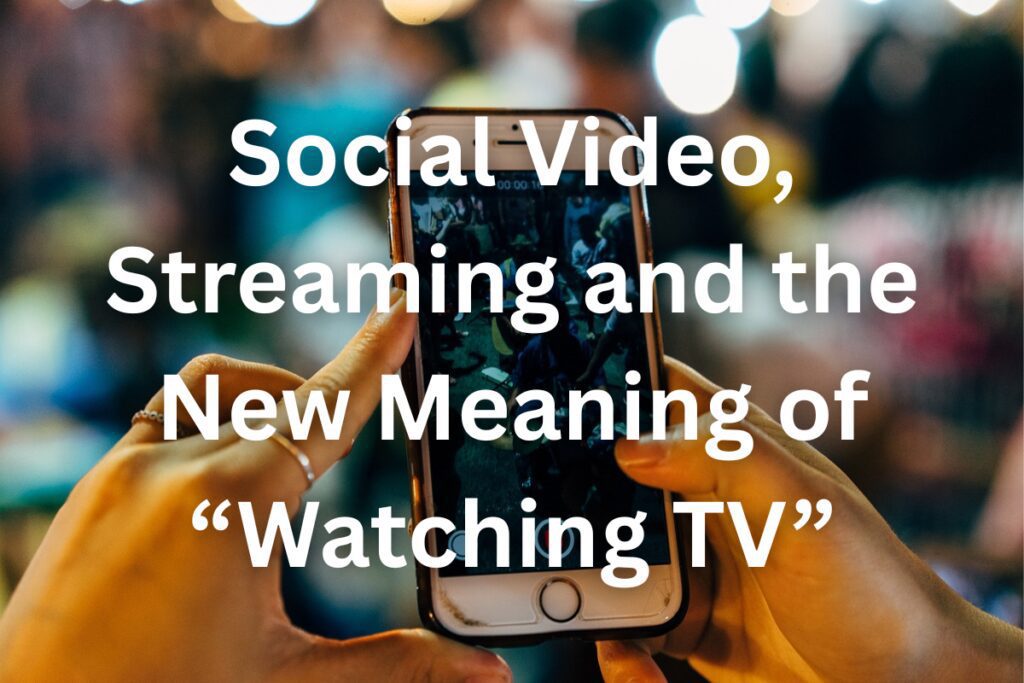With the release of iOS 18, Apple has finally embraced Rich Communication Services (RCS) messaging, a move that has long been anticipated but remained on the back burner as the company pushed its proprietary iMessage service.
Now, RCS is opening new doors for person-to-person communication between iPhone and Android users and, perhaps more importantly, presenting an opportunity for brands to engage with consumers in more dynamic ways.
But what does this mean for marketers, and how can businesses leverage this technology effectively?
Let’s explore the latest developments surrounding RCS, its business application through RBM (RCS Business Messaging), and what marketers need to know to stay ahead of the curve.
What is RCS and Why Now?
RCS is essentially a more powerful version of SMS, offering users enhanced media-sharing capabilities, the ability to send higher-quality images and videos, and stronger communication functionality overall.
Major carriers like Verizon, AT&T, and T-Mobile have supported the standard for years. However, Apple’s prior reluctance to adopt RCS meant that messages sent from an Android device to an iPhone would revert to SMS, giving users that infamous green text bubble.
With iOS 18, this limitation is gone – RCS is now supported for person-to-person messaging between iPhone and Android users. However, those green bubbles aren’t disappearing just yet.
The significance here is that while this move improves communication between users, it also introduces the potential for more sophisticated business messaging that goes beyond basic text.
RBM: The Next Frontier in Business Messaging
For marketers, Apple’s decision to adopt RCS opens up new possibilities through RBM, the protocol that allows businesses to engage with customers in a richer and more personalised way.
Unlike SMS, RBM allows brands to include verified sender IDs, display logos, send image carousels, and insert interactive elements directly into the messaging thread.
But there’s a catch – major U.S. carriers like AT&T and T-Mobile have yet to support RBM, although this is expected to change by mid-2025. Smaller carriers such as Spectrum and Xfinity have already adopted RBM, giving marketers a chance to study how this functionality performs in comparison to SMS.
Globally, RCS has seen success in markets like India, Mexico, and Brazil, with read rates ranging from 30% to 50% and response rates from 6% to 9%, well above SMS standards. This proves the potential of RBM to drive higher engagement, but its full rollout in the U.S. remains crucial for widespread adoption.
The Role of Verified Sender Identification
A key advantage of RBM is the ability for marketers to register for “agent” status, a process that verifies the sender and places a trusted checkmark beside their messages.
This can help consumers easily identify legitimate brand communications and filter out fraudulent activity. In contrast to the cryptic short-codes associated with SMS, verified brands will be able to display their name and logo, improving recognition and boosting consumer confidence.
Brands that embrace RBM early can also use advanced features like generative AI, localised responses without needing area codes, and even the ability to assemble an entire restaurant order within a single message chain – shortening the path to purchase and eliminating the need for apps.
Challenges and Opportunities Ahead
Despite its promise, there are some challenges ahead for RCS and RBM adoption. One key hurdle lies in the carrier support for RBM, which is expected to roll out between Q1 and Q2 of 2025.
Until then, brands will have to experiment with smaller carrier networks to understand how RCS compares with existing SMS-based strategies.
Moreover, marketers must also account for the delayed adoption of Apple’s software updates. Only around 70% of consumers update their iPhones within six months of a new iOS release, so brands may need to continue using SMS for those who haven’t made the switch to iOS 18 or higher.
Testing the Waters: What Marketers Should Do Now
For brands looking to make the transition from SMS to RBM, experts recommend taking the first half of 2025 to experiment, test, and learn.
While RCS offers an array of new possibilities, marketers should remain focused on simplifying the customer journey and not get carried away with every new feature at their disposal.
Testing different use cases and engaging with the carriers as they work to finalise RBM details, such as pricing, will be crucial.
As brands navigate this transition, they should keep an eye on the larger trends within the messaging landscape, particularly as U.S. carriers begin supporting RBM. While it’s tempting to jump into the next big thing, marketers should also remember not to alienate the portion of their audience still using SMS.
Conclusion: The Road Ahead for RCS and Business Messaging
Apple’s adoption of RCS in iOS 18 marks a pivotal moment in the messaging landscape. While RCS has been around for over a decade, its potential to transform business messaging through RBM is only just beginning to be realised.
As U.S. carriers start to roll out RBM functionality, brands will gain access to new tools for personalisation, engagement, and trust-building.
Marketers should take this time to experiment, understand the potential of RCS, and plan for the broader adoption of RBM in 2025. With Apple now on board, the future of messaging is set to become richer, more interactive, and, for businesses, full of opportunities to engage with consumers in ways SMS could never offer.









